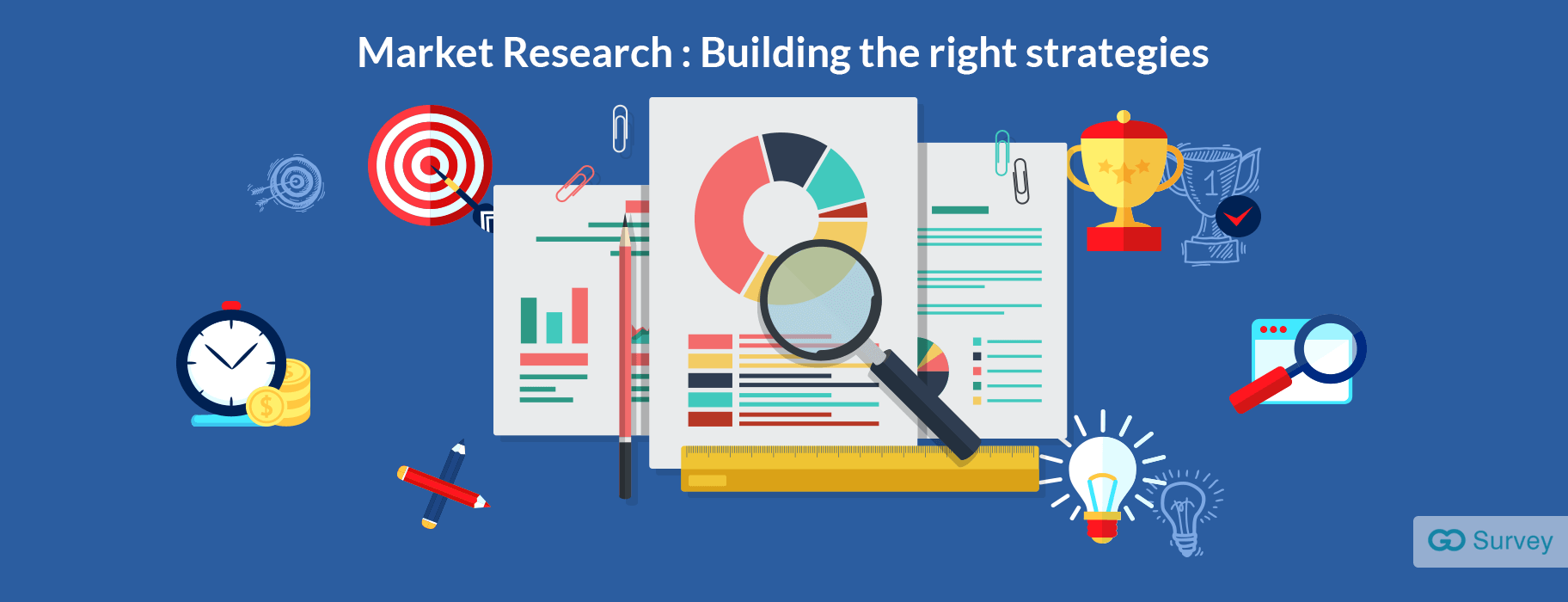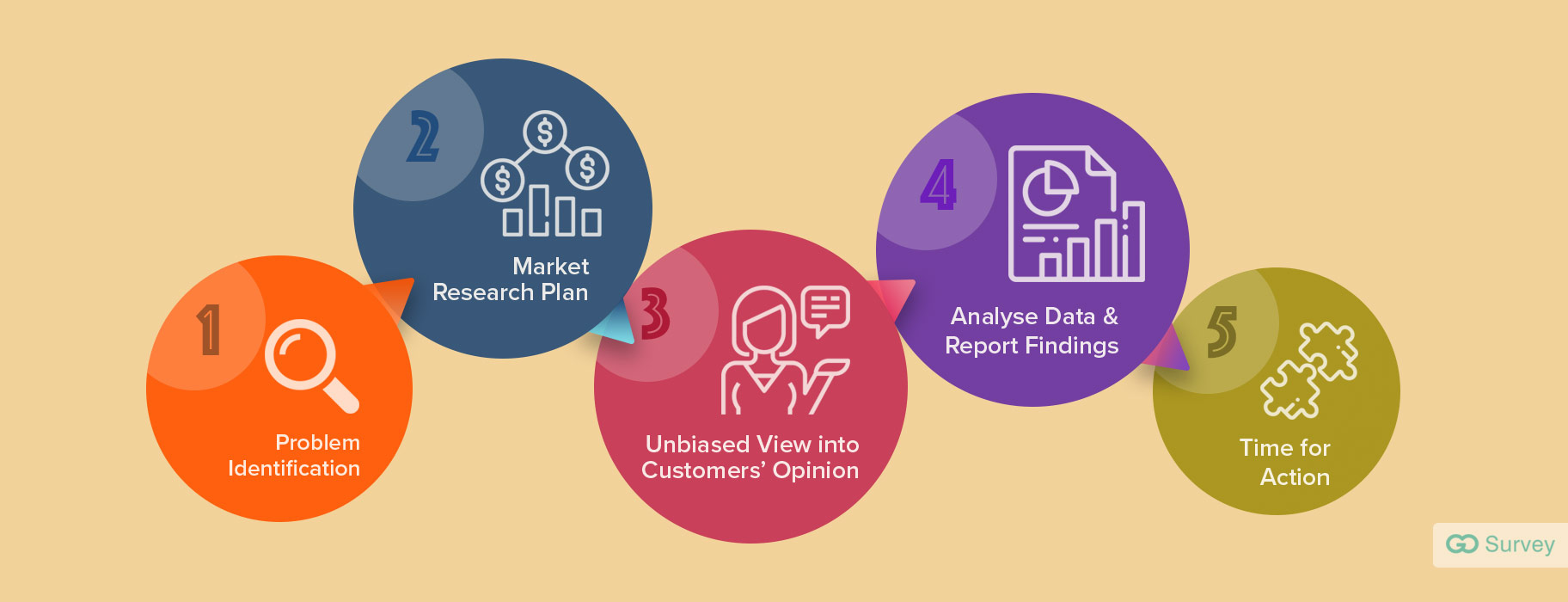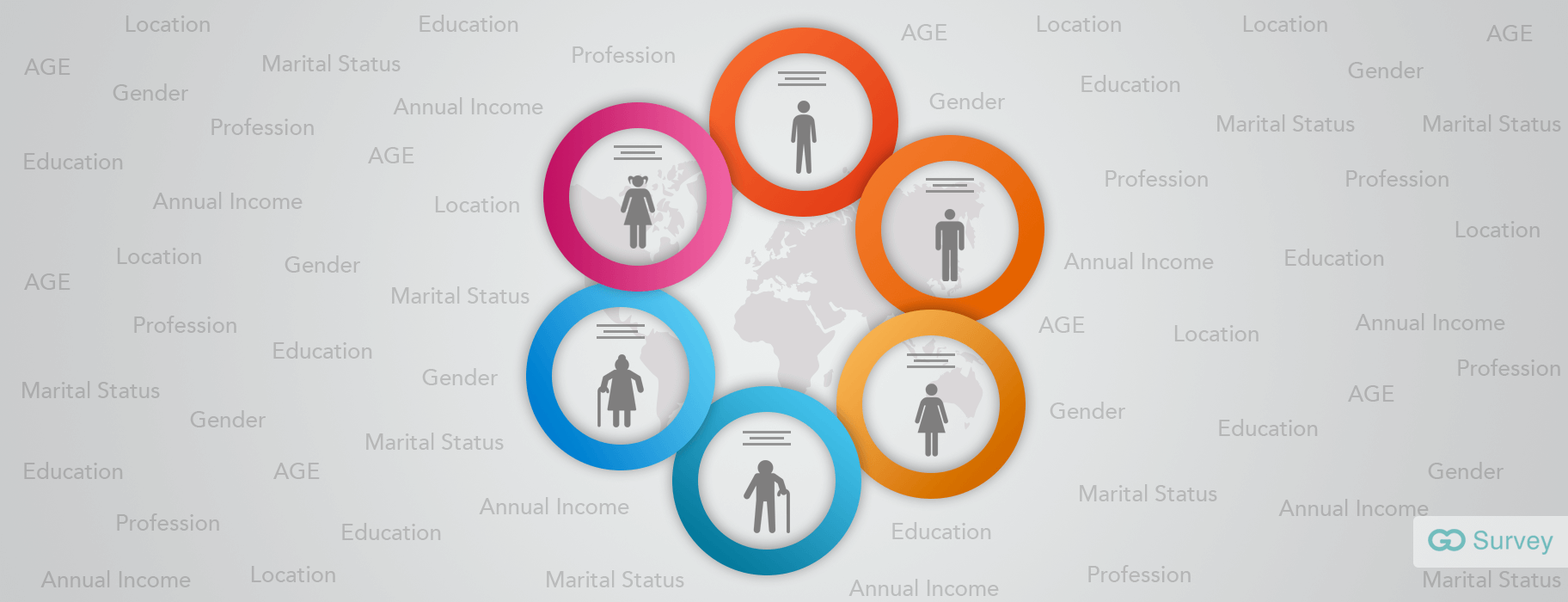What is target market research? Why is it important to know your target audience? Would deciding the scope of reach limit the clientele and inhibit growth? These are a few vexing questions that keep entrepreneurs in stress and dilemma.
The target market isn’t about directing marketing efforts to a subset of the audience. It isn’t about dropping quick texts on WhatsApp or sending a note tied to a dove’s leg. In entirety, it’s a far more intuitive and personalised approach, driving messages that resonate with the audience—intellectually, emotionally and viscerally—and compelling them to take desirable decisions.
Marketing to target audience helps optimise time, efforts and money as the message about your product is conveyed to those who actually understand it. For instance, a B2B technology company, in hopes of expanding its clientele, should focus more on IT cities rather than agricultural areas.
Growing your business heavily relies on the way you market it. If your strategies are spread too thin over a collective group of consumers, chances are that your message will not reach them. Or even worse, you are talking in a lingo that most are not familiar with and your words are falling on deaf ears. People with an appetite for technology are more likely to purchase a digital product than those who barely understand it. So, if a business is seeking to reap the maximum advantage out of its marketing strategies, it’s important to cast net where the fish swim more.
How to Define Your Target Audience?
You can classify your target audience on the basis of demographic and psychographic details. The demographics focus on understanding ‘who’ is the potential customer. Some of the things to keep in mind are:
- Age
- Lifestyle Choices
- Occupation
- Location
- Gender
- Education Level
- Marital Status or Family
- Ethnicity
Psychographic details are a little more personal and need greater insight to tap into the audience's perspective. These explain ‘why’ your target audience buys products:
- Hobbies
- Lifestyle
- Attitude
- Values
Steps to Market to Your Target Audience
1. Data, Data and Data
Understanding your audience is important to hit the nail right on its head. You can first emphasise the demographics like age and gender of your audience. Later, you can break down their preferences by understanding the type of content they share on social media or posts that have their most attention. This will offer a holistic view into potential customers and you will be able to fine-tune your approach as trends shift. Additionally, you also need to address the following questions to understand the current scenario of your market.
a. Do people require your product? If yes, what is the bandwidth of the market?
b. Does your product require modifications in order to be marketed?
c. What are the best ways to optimise your marketing tactics?
d. What is the shelf-life of your product in the market? Will it be exhausted in the near time?
Some of these questions might sound harsh, but these are the preliminaries pondering business owners should do to gain better visibility without burning a hole in their pocket.
2. Tap into the Emotions
With so much going on around us, it is easy to tap into the emotions and gel in the concepts of emotional connect and marketing. Though we are not here to bank on the sentiments, but understanding the emotions of your target audience plays very well into marketing your product. For instance, the #likeagirl campaign from P&G’s Always was crafted for young girls and women that turned an insult into a compliment. The thoughtfulness and sound judgement helped them grow in confidence and the ability to take on the world. The brand gained a widespread appreciation.
a. Target Audience - Young women and girls
b. Target Research - Feminism and women empowerment
c. Emotion - Confidence and growth
In addition to driving the positive message, P&G experienced a high engagement rate on social media platforms as well.
3. Look into The Existing Resources
If you are looking at improving your online presence (and why won’t you), there are several resources at your disposal that can help you understand the thought trajectory of your audience. Google Trends can help uncover the target audience’s location. Semrush or Ahrefs can identify the trending words that are ruling the roost and gaining attention. Quantcast helps zero in on the accurate audience after analysing the traffic across websites and provide the right growth to your brand. Information collected from these sources also play an important role in cancelling out any assumptions that you might be having about the audience and their knowledge about the nature of your product.
4. Take a Peek at Your Competitors
It is always a good idea to keep an eye on the competitor’s presence. This helps you create strategies that give you a distinct advantage and keep your profit pools sustainable in the future. You can begin with finding answers to factors like:
- The marketing position of your competitor
- Their engagement on social media.
- Their campaigns on different platforms and customer reaction
- Their pricing model
- Their positive or negative impact their campaigns are making
- The USP of their ideas
Note that the analysis should not be limited to these points. This knowledge will help you gain an upper hand and reach out to your audience in a more customised manner. Understanding your competitor will either catapult your position or save you from making the same mistake that led to their downfall.
Wrapping Up
That’s a wrap to the low-down on understanding the importance of target market research. Thanks to the fluctuating customer preferences and market dynamics, it is important that you update your practices to stay competitive and ensure continued success.
What are the other ideas that you think brands can implement to understand and reach their target audience? Let us know!









